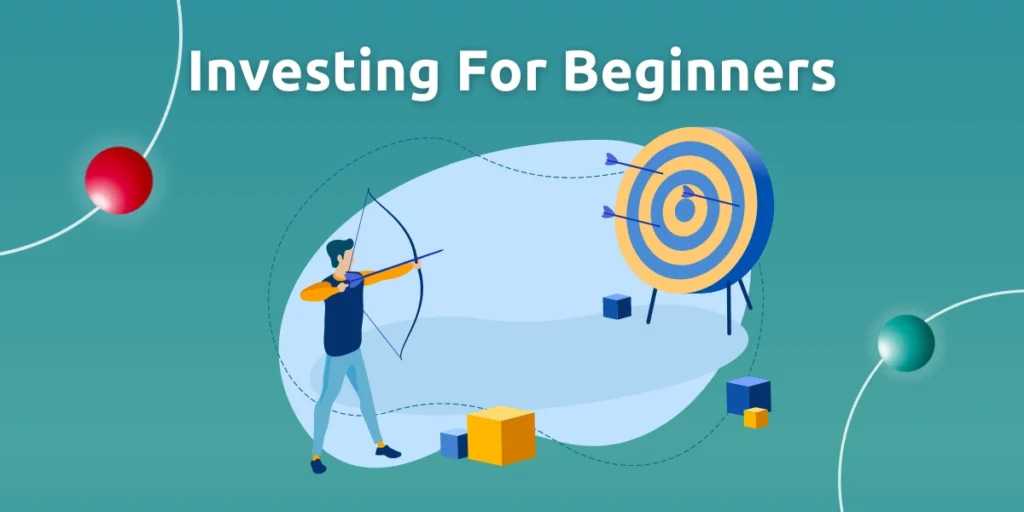If you’ve been thinking about investing but aren’t sure where to begin, you’re not alone. In 2025, with the world changing fast and new technologies reshaping how money moves, investing can feel both exciting and overwhelming. The good news? You don’t need a finance degree or a lot of money to get started.
Whether you’re in your 20s or 50s, the best time to start investing is now. And this guide will walk you through the basics—step-by-step, without the jargon.
Why Should You Start Investing?
Before diving into the “how,” it’s worth understanding the “why.”
Saving money in a bank account is important for emergencies, but inflation slowly eats away at its value. Investing, on the other hand, gives your money the power to grow over time. It’s how people build wealth, plan for retirement, or even afford big dreams like buying a home or starting a business.
Even small, consistent investments can turn into something significant—thanks to compound interest and long-term growth.
Step 1: Know Your Financial Situation

Before making your first investment, take a quick look at your finances. Do you have:
- An emergency fund (enough to cover 3–6 months of expenses)?
- High-interest debt that needs attention?
- A stable source of income?
If your finances are a bit messy, that’s okay. You can still invest, but make sure you’re not risking money you might need in the short term. The goal is to invest money you can leave untouched for a few years.
Step 2: Set Clear Investment Goals

What are you investing for?
Some people invest for retirement, while others want to buy property, travel the world, or simply grow their money. Your goals will shape how much risk you can take—and what kind of investments make sense for you.
Ask yourself:
- Do I want long-term growth or short-term gains?
- Am I comfortable with some risk, or do I want to play it safe?
- When will I need to access this money?
There’s no right or wrong answer—just your personal plan.
Step 3: Choose the Right Investment Platform

In 2025, beginner-friendly investing platforms are everywhere. You can start investing directly from your phone in just a few taps.
Popular options include:
- Robo-advisors (like Betterment or Wealthfront) — They handle everything for you, based on your goals and risk level.
- DIY platforms (like Robinhood, eToro, or Fidelity) — Perfect if you want to pick and manage your own stocks or ETFs.
- Micro-investing apps (like Acorns or Stash) — Great if you want to invest just a few dollars at a time.
Look for platforms with low fees, easy-to-use apps, and strong educational resources. You don’t need to start big—just start.
Step 4: Understand Your Options
Investing isn’t just about buying stocks. Here are some basic asset types you’ll come across:
- Stocks: Buying a piece of a company. They can grow a lot, but they also go up and down.
- ETFs (Exchange-Traded Funds): Bundles of stocks or bonds. They’re low-cost, diversified, and great for beginners.
- Mutual Funds: Similar to ETFs but managed by professionals.
- Bonds: Loans to companies or governments. Less risky, but also lower returns.
- REITs (Real Estate Investment Trusts): A way to invest in real estate without buying property.
If you’re just starting out, ETFs are often a smart, safe first move. They spread out your risk and don’t require constant attention.
Step 5: Start Small and Stay Consistent

You don’t need thousands of dollars to start investing. In fact, many platforms let you begin with just $5 or $10. The key is to stay consistent—invest a little every week or month, and let your money grow over time.
This is called dollar-cost averaging—it helps reduce the impact of market ups and downs because you’re investing regularly, not all at once.
Step 6: Be Patient and Think Long-Term
Investing isn’t a get-rich-quick game. The most successful investors don’t panic when the market dips—they stay calm, think long-term, and stick to the plan.
Set it, forget it, and let your money work in the background. Over time, your patience pays off.
Final Thoughts
Getting started with investing in 2025 is easier than ever. You don’t need to be rich, and you definitely don’t need to be a finance expert. All it takes is a little knowledge, a clear goal, and the courage to take that first step.
Start today. Even if it’s just a few dollars, even if it feels small. Because the sooner you start, the sooner your money starts working for you.

